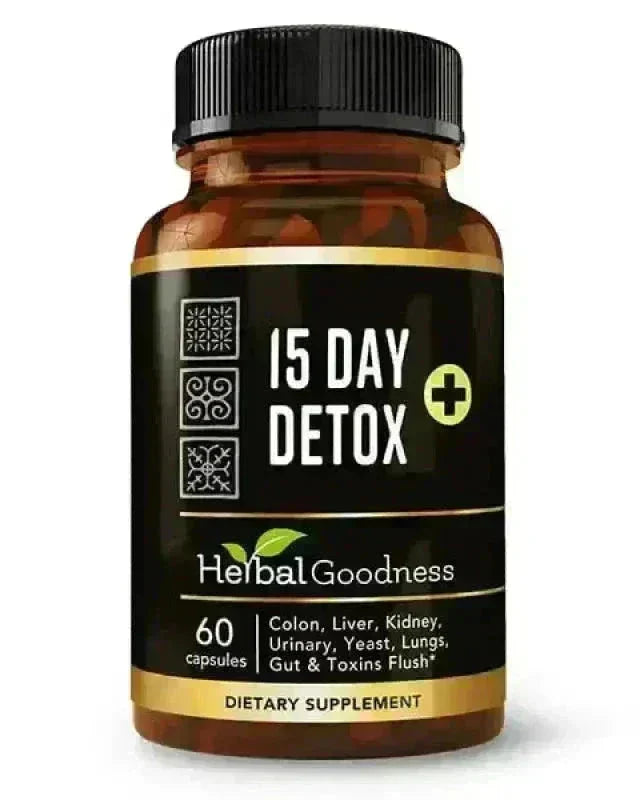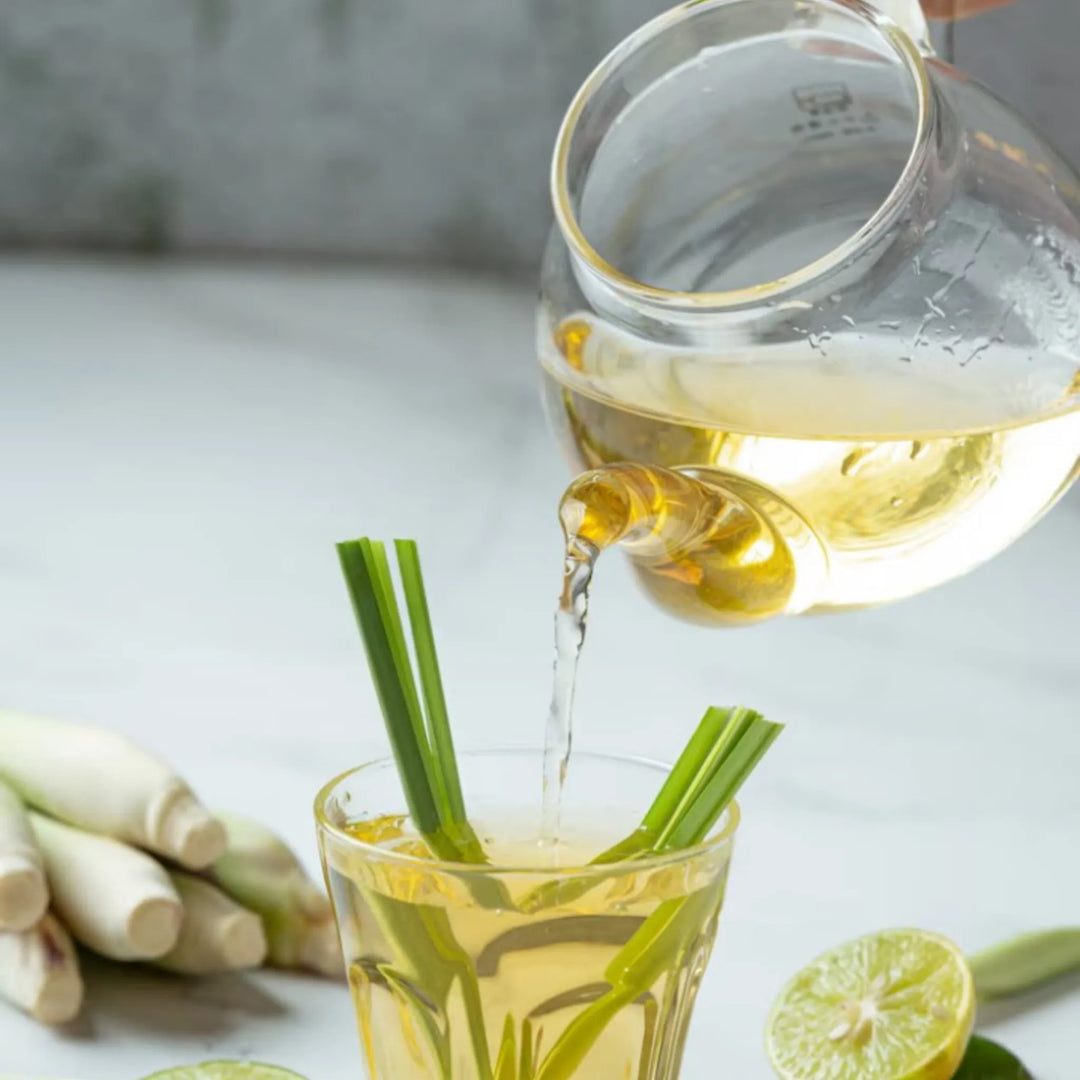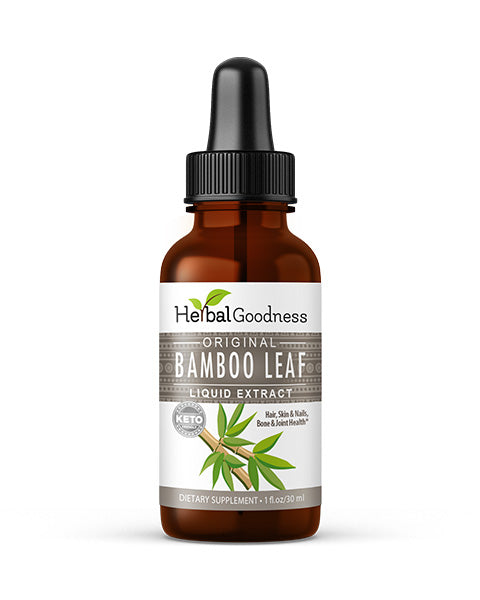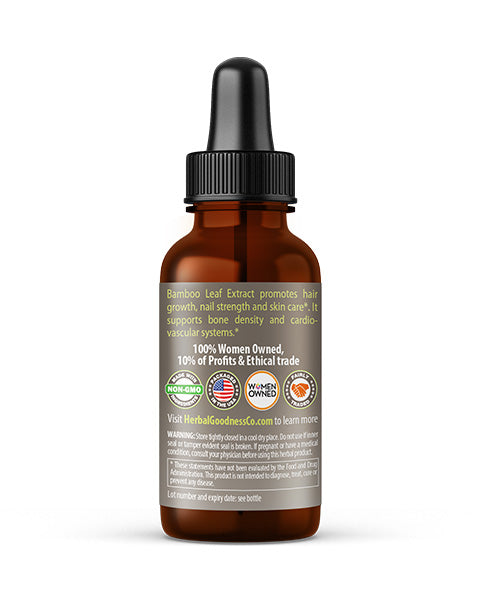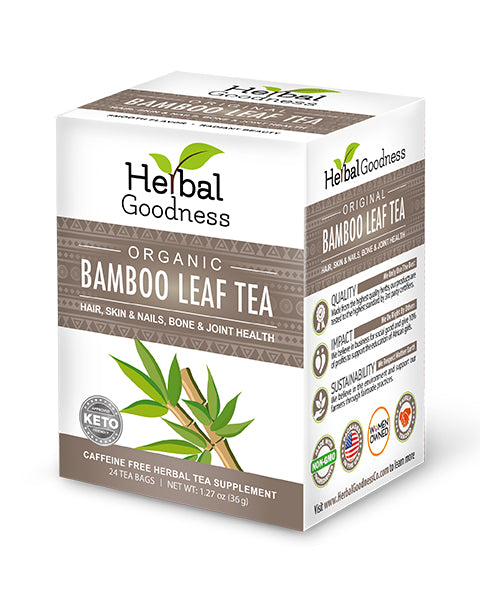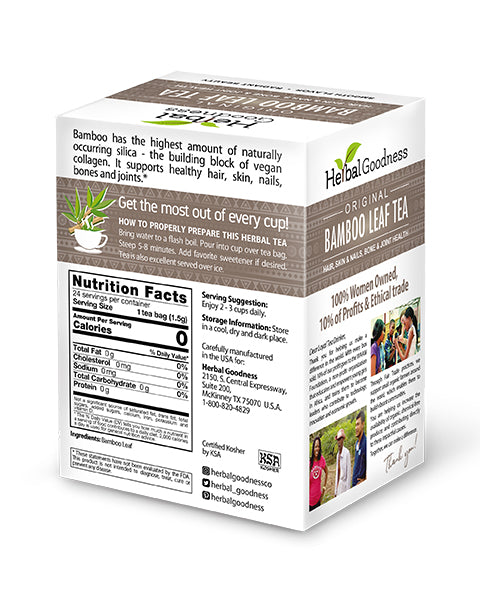Tips on How to Avoid Gluten without Going Crazy | Herbal Goodness
Gluten can be a hard thing to kick from your diet, read these quick tips to help you on your gluten-free journey!
More and more people these days are becoming intolerant to gluten, Celiacs, or simply avoiding gluten for their own dietary reasons. Gluten, however, can be a hard thing to kick, especially when you've been raised with having bread products with every meal.
Suggested for you: Everything you need to know about the paleo diet
Eggs on toast for breakfast - nope. Burger for lunch - no bun, please. Garlic bread with your Italian dinner - so hard to resist. Believe us, we're addicted to bagels and pizza just as much as the next person, so we can feel your pain.
As is usually the case when the consumer market changes so drastically as it has with gluten, the food producers have obliged with making progress in better and a greater variety of non-gluten products for everyone to enjoy.
There's still a long way to go, but non-gluten products have at least come further than what they were when we were growing up - anyone else tried rock-hard, flavorless, tiny sized gluten-free bread a decade ago?
Besides the greater presence of gluten-free products out there, there is a whole community now that supports the gluten-free diet. It can be overwhelming when you first cut out gluten, and now there are so many tips and articles to read to help you transition. There are a ton of foods out there that you may have never known had gluten in them until recently.
In an effort to help anyone who is currently gluten-free or who are looking to cut out more gluten from their diet, we wanted to put together a quick list of tips to follow to help avoid gluten without going crazy. We hope you get some use out of it!
Cook/bake your own food
The easiest way to avoid gluten is by cooking and baking your own food. You know exactly what is going into what you're eating because you're the one putting the ingredients into your food. If you're extremely sensitive to gluten, this could be a good option to focus on.
And hey, you get to learn or improve on a new skill that makes new friends easily! And you get to show how yummy gluten-free food can be to your friends and family.
Bring snacks or toppings when going out to eat
Sometimes it can be hard eating out, especially if you're a Celiac and you can get sick with even a trace of gluten.
To prevent this from happening, bring your own snacks and/or toppings when going out to eat. That way you won't go hungry and you always have a back-up plan if you don't see anything that would work for you to eat on the menu (or you don't trust that there hasn't been cross-contamination in the kitchen).
The same idea works for toppings - example: if you enjoy salads and love croutons - bring your own gluten-free version as a topping.
Check your medication
Check with your pharmacist about what is exactly in any medication you're taking - surprisingly, a lot of medications contain the same protein that is in wheat, rye, and barley (as does a lot of mouthwash).
Gain a new perspective
Instead of moping around about the loss of enjoying your favorite wheat-based foods, celebrate the fact that this could be a wonderful new way to start implementing a healthier diet into your life.
Sure pizza may be a no-go for you now, but the fact that you can now eat healthy whole grains, like brown rice, corn, and quinoa will likely help improve your mood and your body will be strong and healthy. It only takes a new perspective to change your thoughts about getting rid of gluten!
Be vigilant about reading labels
Even the products that you've used in the past can change their ingredients without notice, make sure to double check all ingredients on the packaged foods you buy at the grocery store to prevent doses of gluten from getting into your diet.
Popular packaged foods that usually include gluten can be pre-made broths, rice mixes, pasta sauces, and soy sauce, although there are many others out there too. Do your research, find trigger ingredient names that point to gluten (i.e. wheat, rye, barley, oats, spelt, Kamut®, etc), and avoid those. Easy peasy.
Use gluten-free substitutes
Bummed that you can no longer eat your favorite pasta dish or have donuts for breakfast? Chances are there is now a gluten-free version of those food items! Almost every food that traditionally has gluten in it now has gluten-free alternatives.
Sure, they may not taste exactly like your favorite gluten food, but at least it's something, right? And, similar to how much dairy-free and vegan food alternatives have progressed (vegan cheese anyone? yum!), gluten-free alternatives are only getting better in terms of their tastiness.
This goes for when you're cooking/baking your own food as well - there are plenty of options these days for cooking with gluten-free ingredients, even for cakes and pastries!
Read More: A Guide to Clean Eating for Beginners
Remember foods that are naturally gluten-free
And remember, you don't have to find alternatives for everything, there are plenty of foods that are gluten-free friendly out there.
Fresh fruit and veggies, meat, poultry, fish, cheese, eggs, quinoa, teff, amaranth, polenta, buckwheat, corn, millet, and tapioca are all gluten-free, start using them as the base of your meals and get rid of the bread at every meal mindset.
Yes, some alcoholic drinks have gluten too
Beer drinker? You may be sad to remember that beer is oftentimes made from malted barley or wheat. There are more breweries these days that are offering at least one gluten-free beer to their customers, but there's still a long way to go in the beer industry for the gluten intolerant.
If you don't want to give up alcohol completely, there are plenty of alternative routes you can take while still avoiding gluten. These generally include cider, wine, sherry, spirits, port, and liqueurs.
What are your tips for avoiding gluten without going crazy? Have you ever tried to cut out gluten from your diet and found it difficult? We'd love to hear your story!
Related: Our New Health Partner




